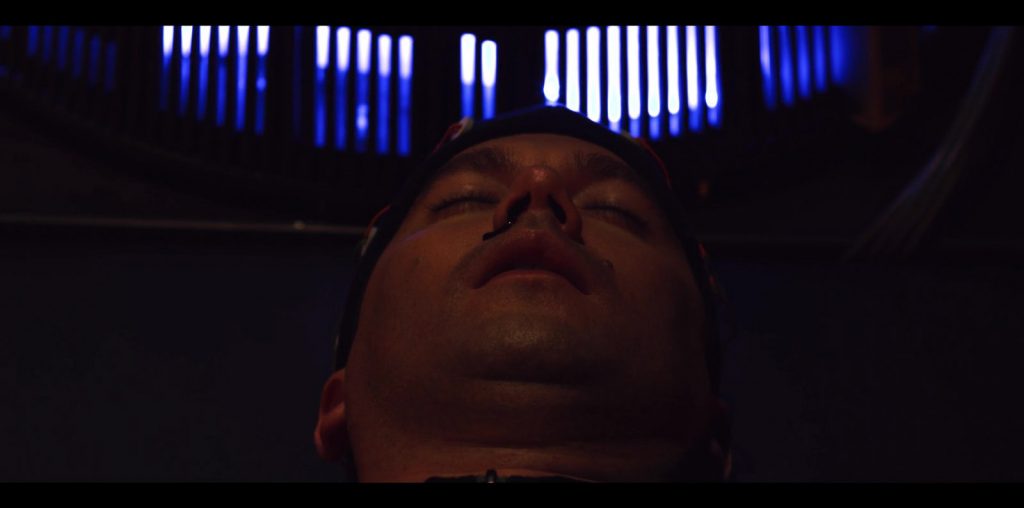
The musical is dead. Correction, the musical of the past is dead. In order to reintroduce a film where actors suddenly break into song to a new audience of moviegoers, creators must add some new twist. The musical must be modernized. Recent attempts to resurrect the genre have met with mixed success though there have been true highlights. Dancer in the Dark is perhaps the best example of a successful reinvention of the musical, though the bleak film failed to light up the boxoffice. Writer/director Lars Von Trier’s tragedy/melodrama/musical was as depressing as it was danceable. It’s strange, but Dancer‘s odd contrast of styles works. Baz Luhrmann, who created a pop culture reinvention of Shakespeare with his 1996 film “Romeo and Juliet,” leaps headlong into the musical milieu with “Moulin Rouge.”
The time is Paris, 1900. Artists flourish at the turn of the century. Satine (Nicole Kidman) is a courtesan (polite word for w***e) who works as a can-can dancer at the Moulin Rouge. Christian (Ewan MacGregor) is a writer who seeks the greatest thing in the world – to love and be loved in return. (Satine? Christian? Not very subtle if you ask me.) Christian meets Toulous-Lautrec played by a four foot tall John Leguizamo (obviously shortened by digital effects) who encourages him to be the author of the most spectacular play ever called “Spectacular, Spectacular.” The star will be the famed can-can dancer Satine, who must first fall in love with Christian’s poetry to be wooed into doing the play. Upon meeting under mistaken circumstances, the two fall for headlong in love. This doomed couple meet their nemesis in the financier of their play The Duke (Richard Roxburgh). He is madly in love with Satine and wants him for himself and will kill Christian to keep the lovers apart. The story is typical melodrama, Satine is forced to lie and shun Christian in order to save him from being killed.
What is most compelling about “Moulin Rouge” is not the schmaltzy storyline, but the over-the-top production design combining fantastic sets with a fluid digital style that leaves one breathless during some musical numbers. The song and dance sequences up the ante by combining well-known pop songs – everything from T-Rex, the Police, Nirvana, Madonna, U2 to the Beatles – and weaving the tunes and lyrics into a newly formed mish-mash of songs. It’s incredibly bizarre and actually irritating. But after a good hour, I finally just accepted Baz’s approach and, well, it actually started working for me.
The film’s weaknesses are readily apparent, the worst being absolutely no chemistry between MacGregor and Kidman. John Leguizamo is laughable as the short-footed Latrec in a goofball role that produces groans rather than laughs. The quick cutting style that has the camera moving about a hundred miles an hour around Paris from one location to another takes some getting used to, but works in the end. Perhaps a bit too late. This is a perfect case of style over substance and style wins. While not a complete disaster, “Moulin Rouge” is admirable if only for experimenting in a genre many have left for dead.

